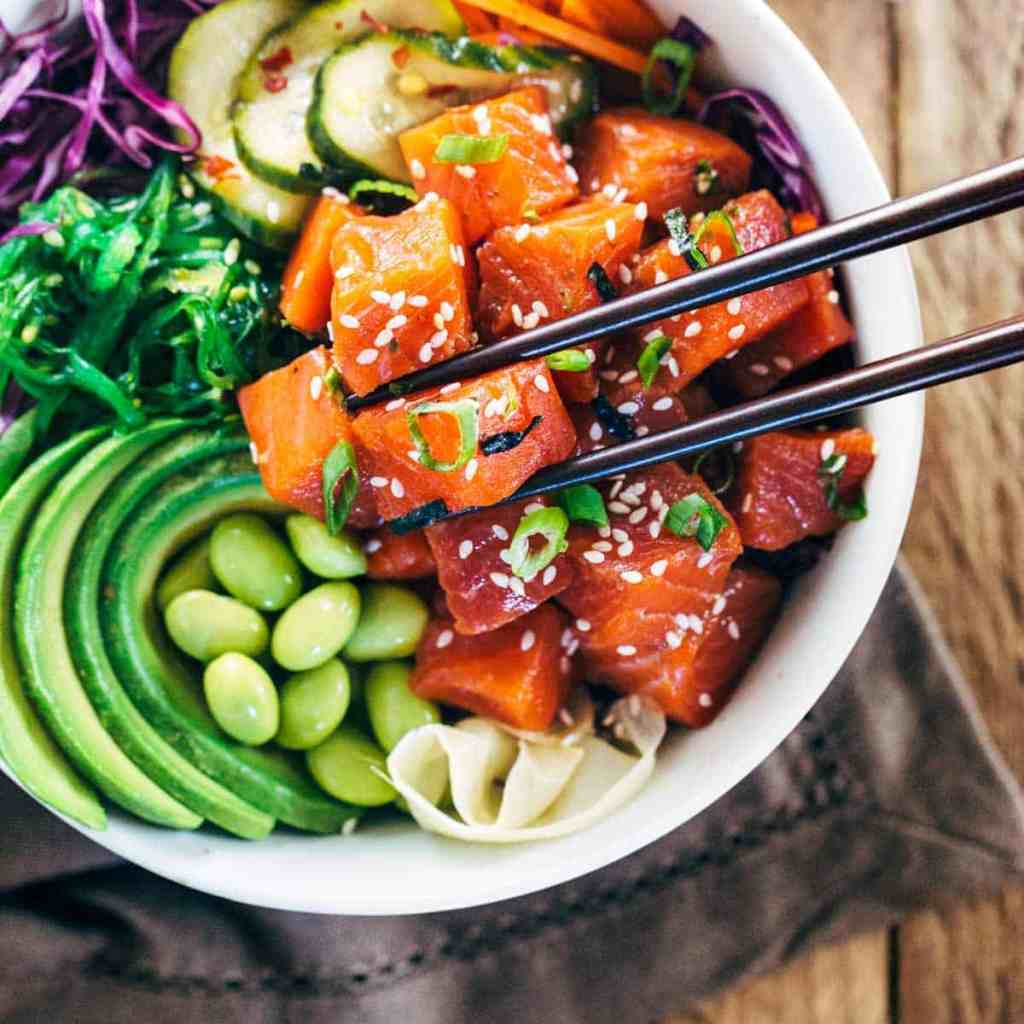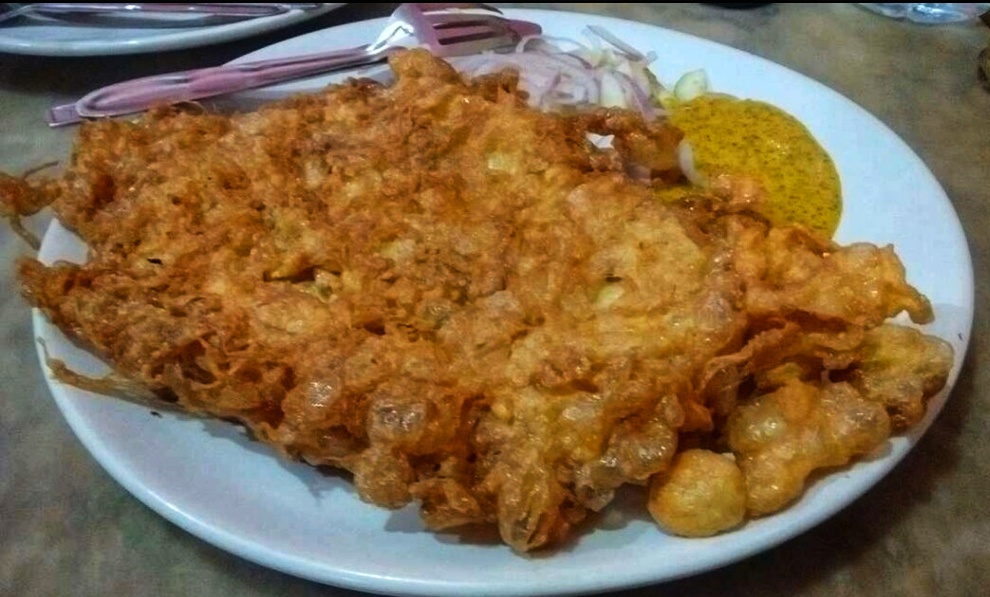Last week, we talked about some of the quirky foods of the 2010s, from avocado toast to unicorn drinks. If you haven’t checked it out already, read part 1 here. The story doesn’t end there, there are many other things that the millennials have made trendy.
Veganism has created things like soy milk and pulled jackfruit burgers. There are freakshakes, which combine drink and dessert into a culinary monstrosity that is, frankly, too much for me and my arteries. On the other end of the spectrum is the craze for healthy ingredients like kale and quinoa, the latter almost replacing rice in the millennial craze. And speaking of rice substitutes, who can forget cauliflower rice, which is basically grated cauliflower used in making all sorts of things from fried rice to pizza crust. There are cloud eggs and acai bowls, sushi burritos and rolled ice-creams… the list goes on.

The craze for foods in bowls seems to be another 2010s thing. We have already mentioned the acai bowl, which is basically a smoothie in a bowl. Other bowl dishes are less outrageous, though. There is the Budhha bowl, which has seen a growing popularity since its inception in 2013. It is basically a vegetarian meal of small portions of several foods, served cold, all artistically arranged in a bowl.
You can have some quinoa or brown rice or some butternut squash mash as the base, along with an array of veggies, either steamed (edamame or broccoli) or baked (sweet potatoes or carrots) or pan-fried (tofu or chickpeas) along with raw elements like avocado and kale, and a dressing of your choice. Yes, some ingredients seem to be making repeated comebacks, and that is the trend of the time.

Around the same time, near the middle of the decade, another bowl was increasing in popularity. Poke is diced raw fish served either as an appetizer or a main dish, and is an important part of Hawaiian cuisine. It has been around since the 1970s. But starting from about 2012, Hawaiian poke became increasingly popular in the USA, with the number of Hawaiian restaurants increasing manifold in the middle of the decade.
Conforming to the bowl craze at the time, the poke bowl was born. It uses similar components as the Buddha bowl, with the addition of the fresh seafood. You can get Poke Bowls in India now, too. I haven’t tried them personally myself, but it’s worth a shot.

To be honest, I haven’t tried any of the dishes mentioned in the series so far. Some of them I definitely have no intention of trying while others, like the ramen burger and the poke bowl, seem really interesting. However, the item that tops my 2010s bucket list has to be the cronut.
Invented by NYC pastry chef Dominique Ansel in 2013, it is a pastry which resembles a donut but it’s made with a laminated leavened dough like a croissant. It has the flaky, buttery richness of a croissant with the shape and filling of a good donut. Its popularity spread like wildfire, with TIME magazine dubbing it one of the best “extremely fun” inventions of 2013. A similar confection is the cruffin, a croissant-muffin hybrid, which was born around the same time.

Before we end, let us pause and look at the change of the food scene in India, particularly Kolkata, in the past decade. Perhaps the biggest change that I have noticed is the increased variety of cuisines that are now available. Back in my late schooldays, things like Korean bibimbap, Thai curries or Italian risottos were not available all that much except for some very high-end places. But there has been a boom of restaurants in Kolkata, particularly Pan-Asian, that serve a variety of foods not available before, from traditional Chinese dimsum at Yauatcha, to an array of incredible ramen in The Fatty Bao, from Peking Duck in Ping’s Café Orient to proper Teppanyaki at Aajisai.

Molecular gastronomy is taking its hold, with restaurants like SpiceKlub, SpiceKraft and Gabbars serving up foams, spheres and liquid nitrogen desserts. The American diner culture is also coming into Kolkata with fantastic places like Macazzo which serves some amazing pulled pork sandwiches, to giants like Hard Rock Café and TGI Fridays. A huge number of little cafes have cropped up, haunted by college friends and couples alike.

Lebanese cuisine has found its hold on Kolkata with numerous shawarma houses, and traditional Bengali food is getting a new makeover in places like Bohemian, with its baked crab with kolmi shaak and kajoli machh stuffed with egg yolk mousse. Places like Fabbrica della pizza are making proper Neapolitan style pizzas. Fast food joints like KFC, Dominos, McDonalds are sprouting like mushrooms, with the opening of a Burger King just this year.

Not all change has been for the better, though. The cabin culture which was an integral part of Kolkata’s food scene, is on the decline, particularly among the younger generation. Check-ins on Facebook and photos on Instagram have become more important than the meal. Full-fledged addas over coffee and cigarette has now morphed to people working alone on their laptops, absent-mindedly sipping on their pumpkin spice lattes. Gone is much of the craze for Golbari’s kosha mangsho, Mitra Café’s fish fry and Dilkhusha Cabin’s kobiraji, which are now haunted mostly by middle-aged office-going gentleman and some old souls like me.

A lot has changed over the past decade, for better or for worse. But change, in all walks of life, is inevitable. As we step into a new decade, we will witness a lot more changes and, like it or not, we have to embrace them. However, it is worth an effort to conserve those bits of heritage that we have, instead of completely giving in to globalism. Knowing what goes in an Espresso Macchiato and being ignorant about the components of Paanchforon is unacceptable. We need a balance of both tradition and innovation, moving forward. As we stand on the threshold of a new year, we must ask ourselves yet again: Should auld acquaintance be forgot, and never brought to mind?